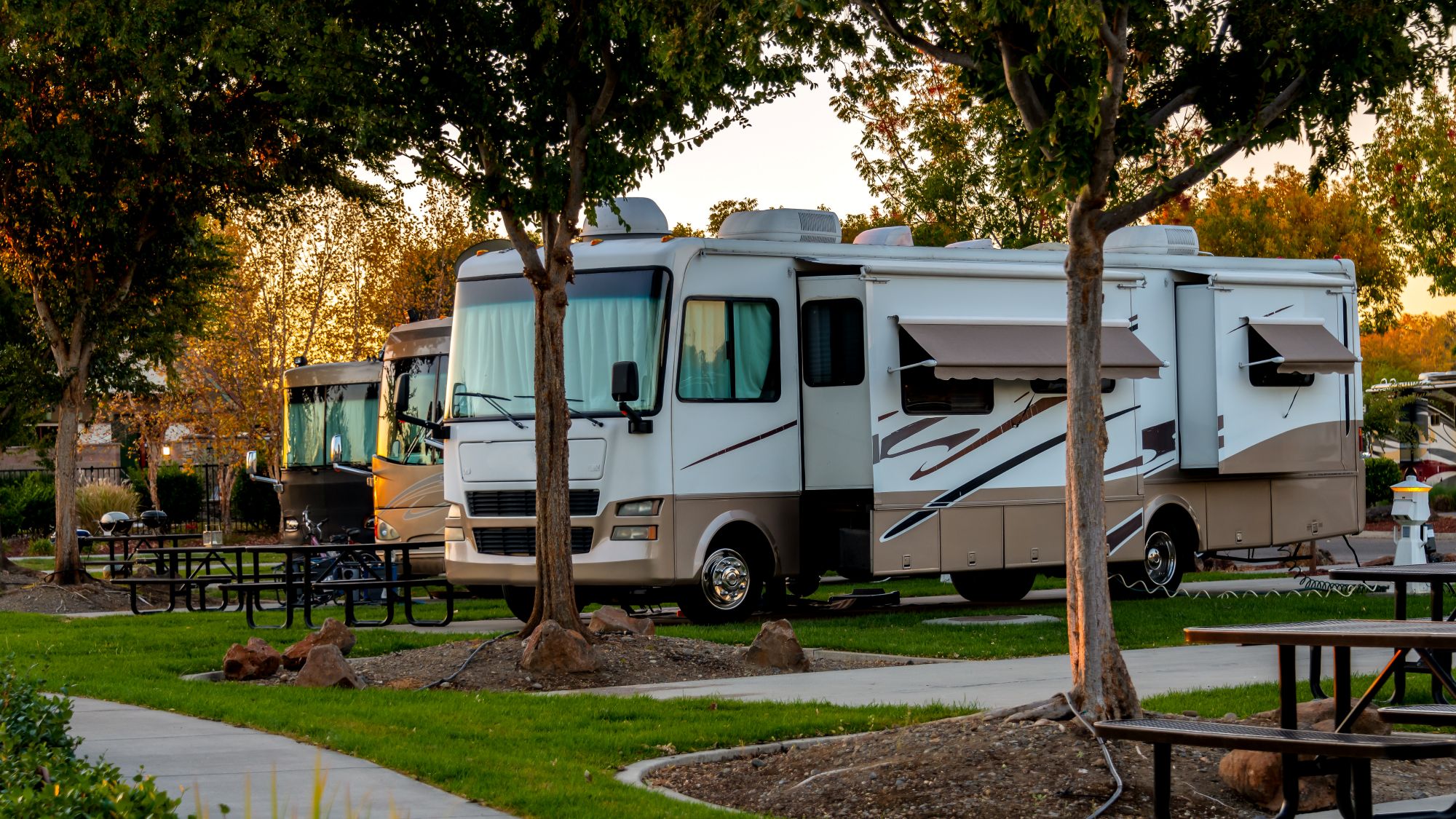
Insurance costs have been a significant and rapidly increasing expense for RV parks and campgrounds. To address these challenges, the Florida-Alabama RV & Campground Association recently hosted a virtual Q&A, led by Austin Gaines from Starke Agency, to explore the potential of a captive insurance solution. For those who missed the call, here’s a comprehensive overview of the discussion and how it could benefit our members.
The Rising Costs of Insurance
As highlighted during the call, insurance is one of the largest and fastest-growing expenses for businesses, especially since the onset of COVID-19. The factors driving these increases are multifaceted, including:
- Fluctuating Federal interest rates
- Changing investor appetites
- Increasing natural disasters and storm losses across the country
In the standard insurance market, businesses often find themselves at the mercy of these market forces. However, a captive insurance solution offers an opportunity to regain control.
What is Captive Insurance?
A captive insurance company is a licensed insurance entity owned and controlled by its insureds. For RV parks and campgrounds, this means that a group of businesses with similar risk profiles can form a captive to insure their risks. The benefits include:
- Control over Insurance Costs: Captive insurance allows businesses to align their insurance costs more closely with their actual claims history, rather than being influenced by the broader market.
- Profit Retention: Instead of paying premiums to an external insurer, a captive enables businesses to retain underwriting profits and investment income.
- Customizable Coverage: Captives can tailor coverage to fit the specific needs of their members, removing unnecessary coverages and adding those that are more relevant.
How Premiums are Determined
In the current market, insurance companies set premiums based on general and administrative costs, overhead, agent commissions, and reinsurance costs. Typically, about 35% of premiums cover these expenses, while the remaining 65% is allocated for losses. This standardized approach often results in higher costs for low-risk businesses subsidizing higher-risk counterparts.
Captives, on the other hand, allow members to retain any unclaimed premiums, providing a direct financial incentive to manage risks effectively.
Benefits of a Captive
- Financial Control: Members gain greater control over their insurance expenses, aligning costs with actual risk.
- Enhanced Risk Management: Owning a captive encourages proactive risk management practices, such as improved employee training and better site security.
- Investment Income: Members can invest unused premiums, generating additional income.
- Tax Advantages: Premiums paid to the captive are tax-deductible, and any profits returned as dividends are taxed at a lower rate.
- Customized Coverage: Captives can create bespoke policies that precisely match the needs of their members.
Challenges and Considerations
Setting up a captive involves initial costs and capital contributions. Members must be prepared to invest in the feasibility study and the necessary capital to establish the captive. However, these costs are offset by the potential savings and profits in the long run. Economies of scale are also crucial; the more members and premium dollars a captive has, the lower the fixed costs per member.
Next Steps and Call to Action
For those interested in exploring this opportunity further, here are the key steps to participate in the feasibility study:
- Gather Information: Request copies of all current insurance policies, loss runs for the past 5 to 10 years, a statement of values detailing property coverages, and the most recent insurance application from your agent.
- Submit Documents: Send the gathered information to Austin Gaines at [email protected] or Bobby Cornwell at [email protected]. For any questions, Austin can also be reached at (334) 868-2607.
All submitted information will be kept confidential and used solely for the evaluation of the captive insurance solution.
Conclusion
The Florida-Alabama RV & Campground Association’s exploration of a captive insurance solution holds promise for stabilizing and potentially reducing insurance costs for its members. By taking control of insurance processes and leveraging collective risk management, members can transform a significant expense into a strategic advantage. Stay tuned for more updates as we continue to evaluate this opportunity.





